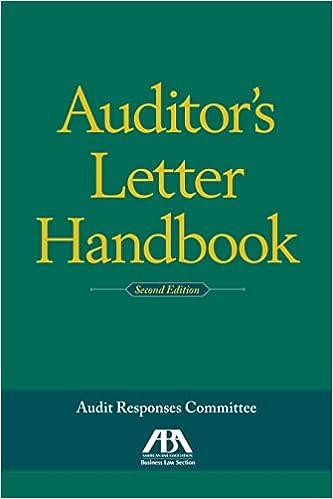Question
Assume an investee has the following financial statement information for the three years ending December 31, 2013: (At December 31) 2011 2012 2013 Current assets
Assume an investee has the following financial statement information for the three years ending December 31, 2013:
| ||||||||||||||||||||||||||||||||||||||||||||||||
|---|---|---|---|---|---|---|---|---|---|---|---|---|---|---|---|---|---|---|---|---|---|---|---|---|---|---|---|---|---|---|---|---|---|---|---|---|---|---|---|---|---|---|---|---|---|---|---|---|
| (For the year ended December 31) | 2011 | 2012 | 2013 |
| Revenues | $425,000 | $460,000 | $485,000 |
| Expenses | 387,500 | 420,000 | 438,000 |
| Net income | $37,500 | $40,000 | $47,000 |
| Dividends | $12,500 | $17,500 | $19,500 |
Assume that on January 1, 2011, an investor company purchased 100% of the outstanding voting common stock of the investee. On the date of the acquisition, the investee's identifiable net assets had fair values that approximated their historical book values. In addition, the acquisition resulted in no goodwill or bargain purchase gain recognized in the consolidated financial statements of the investor company. Assuming that the investor company uses the equity method to account for its investment in the investee, what is the balance in the "investment in investee" account in the investor company's preconsolidation balance sheet on December 31, 2013?
A. $225,000
B. $250,000
C. $493,600
D. $300,000
Step by Step Solution
There are 3 Steps involved in it
Step: 1

Get Instant Access to Expert-Tailored Solutions
See step-by-step solutions with expert insights and AI powered tools for academic success
Step: 2

Step: 3

Ace Your Homework with AI
Get the answers you need in no time with our AI-driven, step-by-step assistance
Get Started


